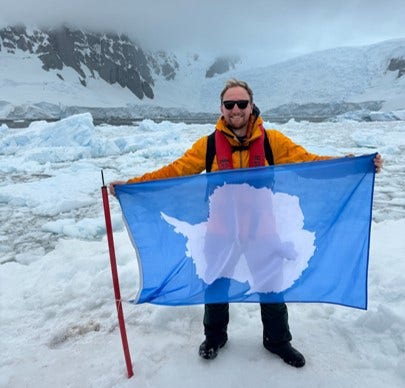These new sea lanes can bring significant cost savings to shipping companies, boost maritime trade and stimulate economic activity in the region. In fact, the number of unique ships entering the Arctic Polar Code area6 from 2013 to 2023 increased by 37%, around 500 ships . Fishing vessels and general cargo ships7 represent the majority of this increased traffic.
As Arctic shipping increases so too does the need to collect data and monitor trends. PAME—the Protection of the Arctic Marine Environment—developed the ASTD—Arctic Ship Traffic Data—a project that “collects and distributes accurate, reliable and up-to-date information on shipping activities in the Arctic”.8 At the same time, Russia has activated the world’s first Arctic observation satellite system, which aims to provide continuous meteorological and environmental monitoring of the Arctic surface, including the Northern Sea Route, which runs near the Siberian coastline. As more satellites get added (up to eight), the system expects to forecast the viability of Arctic shipping routes, enhance Arctic telecommunications services for air traffic and commercial shipping, and explore hydrocarbon exploration.9
Vast oil and gas reserves previously trapped beneath the ice, including an estimated 30% of the world’s undiscovered natural gas and 13% of its undiscovered oil, as well as critical minerals needed for the energy transition away from fossil fuels are becoming more feasible and economical to access leading to increased interest in offshore drilling, mining, and exploration by energy companies. Regional infrastructure along the Canadian and US coastlines will be required in combination with collaboration over EEZs (exclusive economic zones) and overlapping national claims to the seabed and its resources.10 Russia is keen to expand its Arctic LNG production here, with plans for extraction and transportation drawn up. Associated environmental risks for all energy and natural resources opportunities such as oil spills and habitat destruction must be considered and properly mitigated.
As cruise tourism, wildlife watching, and adventure tourism become more accessible, local communities can enjoy economic benefits through increased tourism spending, job creation, and infrastructure development. Its environmental impact, however, will require sustainable management practices to minimize negative effects on fragile Arctic ecosystems.
Retreating sea ice presents new areas for fishing, particularly for species such as Arctic cod and shrimp. Commercial fishing operations can expand into previously inaccessible waters, potentially increasing yields and revenue for fishing communities.
New subsea data cable routes between Europe and Asia can get introduced to address growing internet traffic. Correspondingly, two projects have emerged.
(1) Far North Fiber is a joint development project aimed to deliver the first long-haul submarine fibre optic system through the Northwest Passage to connect Asia to Europe, with funding from the EU’s Connecting Europe Facility – Digital program.
(2) Polar-Connect, a Northern European initiative aimed to obtain secure and resilient connectivity through the Arctic to Asia and North America, plans to route cables under the ice cap of the North Pole. The installation of these projects could improve connectivity for underdeveloped parts of the region currently facing unreliable internet access, create necessary digital redundancy, and benefit the scientific community specifically with respect to climate research, marine biology, oceanography, seismology, and more.11
Expect to see more than $1 trillion spent on infrastructure investments as a growing list of international stakeholders look to capitalize on the blue economy of the high north.12





